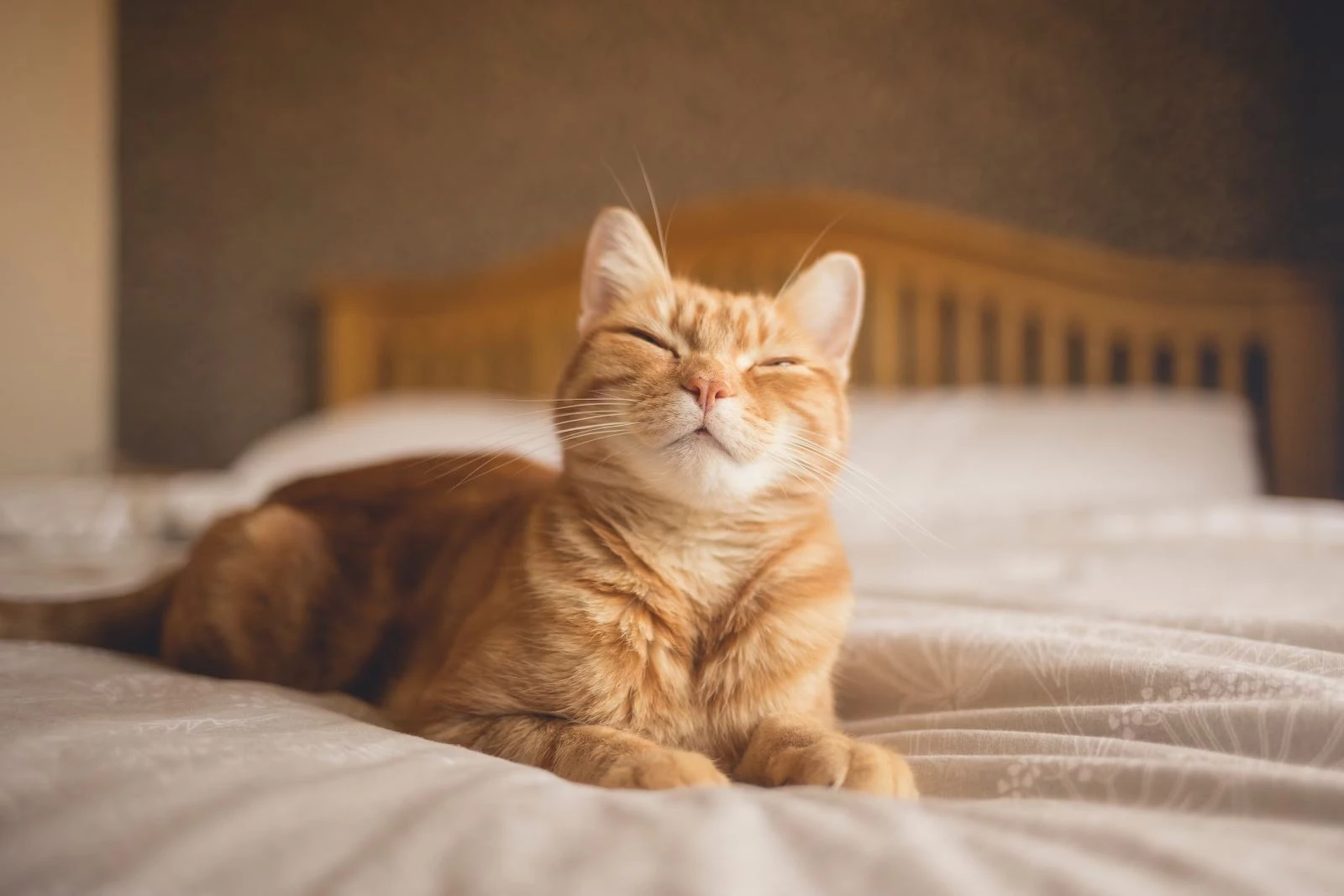DNVN - After many years of research, scientists have discovered the gene that determines the orange-yellow fur color in cats, solving a long-standing genetic mystery in the field of research.
Breakthrough from two new studies

Two studies published on the bioRxiv repository from the team of Greg Barsh at Stanford University (USA) and Hiroyuki Sasaki at Kyushu University (Japan), have identified the gene Arhgap36 as the factor that determines the orange-yellow coat color of cats.
Normally, in most mammals, melanin pigment is controlled by the membrane protein MC1R. However, cats have a completely different mechanism. Instead of MC1R, the Arhgap36 gene on the X chromosome is the factor that directly affects coat color.
"This explains why only female cats can have tricolor (black/orange/white) or bicolor (black/orange) coats," the researchers said. Since male cats only have one X chromosome, they typically only have one coat color, black or orange.
The special thing about calico cats
According to scientists, in mammals, there are only two types of melanin pigments: eumelanin, which produces dark brown or black, and pheomelanin, which produces yellow, red, or orange. In male cats with the Arhgap36 gene mutation or the orange fur area on calico cats, this mutation blocks the production of eumelanin, allowing pheomelanin to be produced.
In particular, in calico female cats, random inactivation of one of the two X chromosomes during development is responsible for the formation of unique patterns on the fur. The researchers said: "If inactivation occurs early, the spots will be larger. Conversely, if inactivation occurs late, the spots will be smaller."
New perspectives on cat coat color genetics
This study has opened a new direction in deciphering the genetic mechanism that regulates coat color in cats. According to scientists, the discovery of the Arhgap36 gene not only helps clarify the complex genetic phenomenon in cats, but also provides new insights into the evolution of the pigment regulation mechanism in mammals. These findings may lay the foundation for future studies of color genetics in other animals, and contribute to explaining the relationship between genes and phenotypes in nature.
Viet Anh (t/h)
Source: https://doanhnghiepvn.vn/cong-nghe/giai-ma-gen-mau-long-cam-o-meo/20241209092100255








































Comment (0)